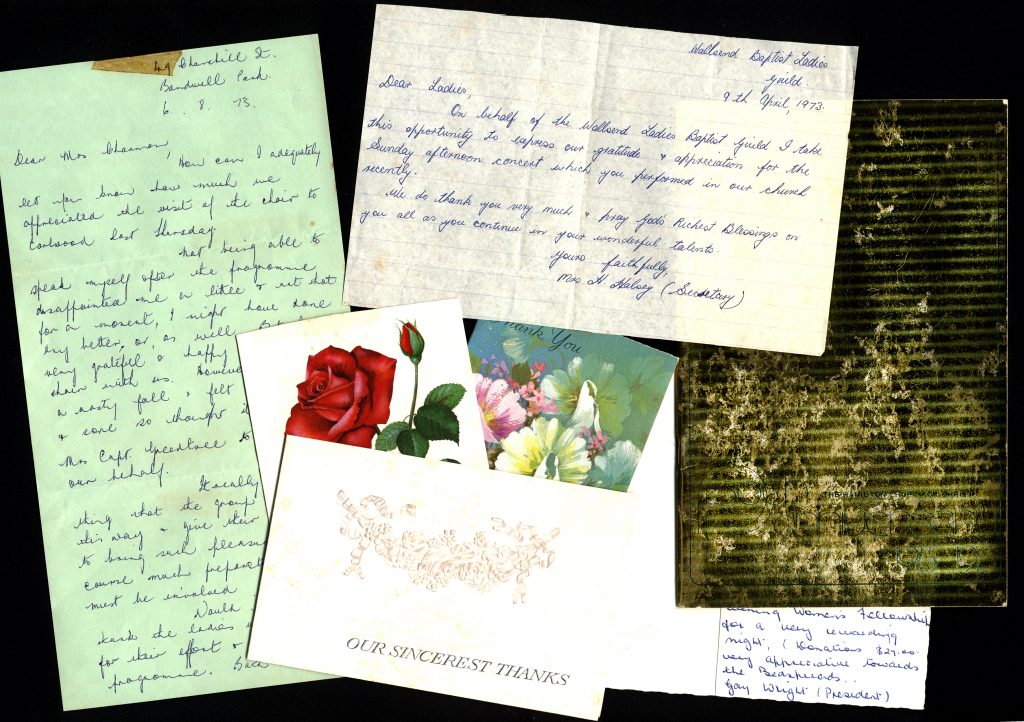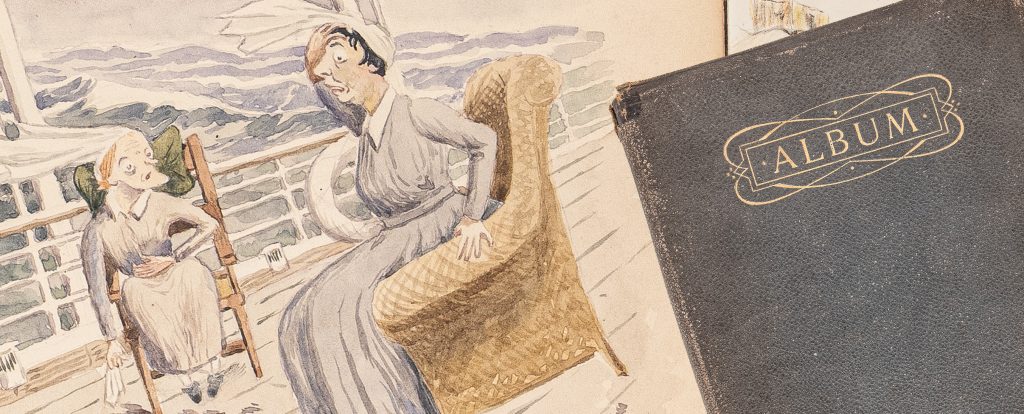
Between the covers of this album are nineteen drawings completed between March and September 1917on HMHS Takada and at the Victoria War Hospital (VWH), Bombay (Mumbai) during the First World War (WWI). The Victoria War Hospital was established in the Taj Mahal Hotel and staffed by Australian nurses including Violet Hazel Lowrey (1889–1964) of Stroud. […]
Read More…
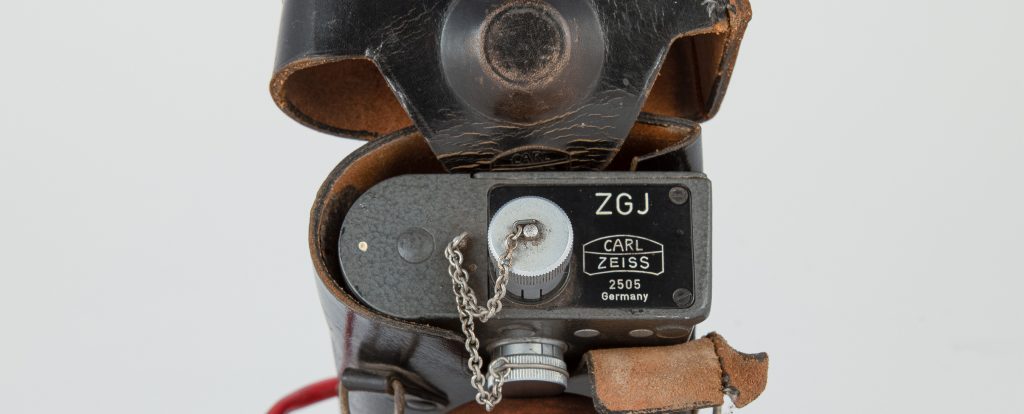
The proverb ‘necessity is the mother of invention’ is possibly never more apt than when applied to the portable mine gas detector. Throughout mining history, countless miners have lost their lives in explosions caused by the inflammable methane gas that accumulates underground through the transformation of ancient plant material into coal. But from the 1950s, […]
Read More…
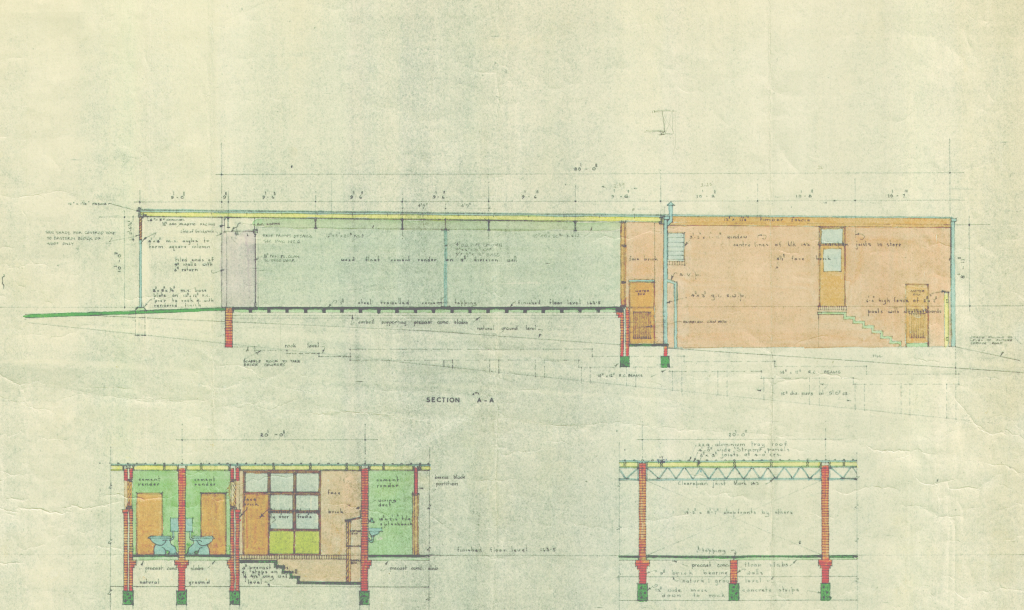
Next time you park at your local shopping mall, consider how the site might have once looked before concrete, glass, and steel conquered the landscape. It’s curious to think about how such urban spaces have been transformed over time, and what might have influenced the design vision of the architect. In the 1950s and early […]
Read More…
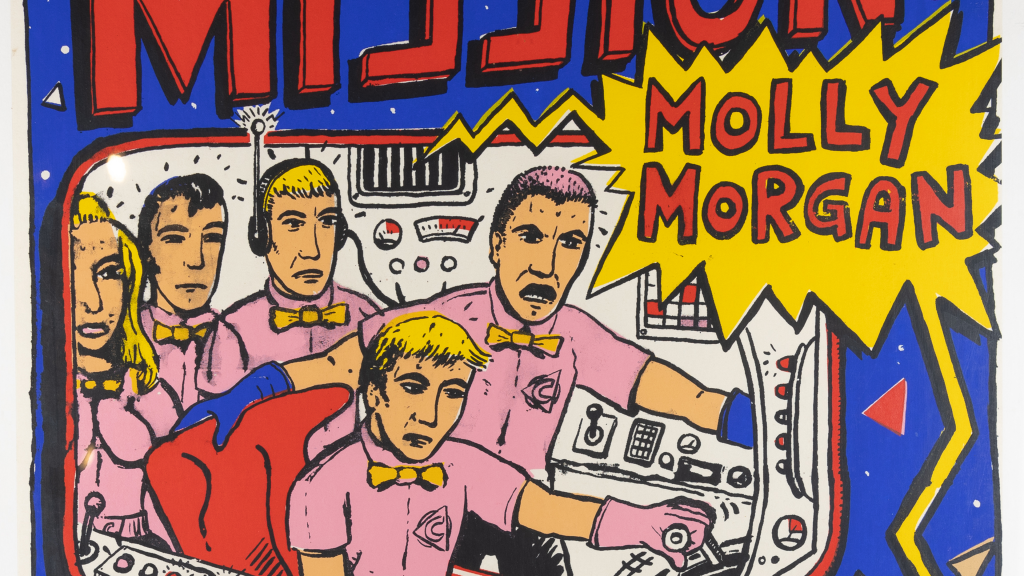
When twice-transported English convict Mary ‘Molly’ Morgan (1760-1835) stepped off the ship to serve a colonial sentence at Newcastle in 1814, little did she know that about 170 years later she would become the central character of a musical stage play. What would she have thought of the band’s electric guitars, saxophone and drumkit (not […]
Read More…
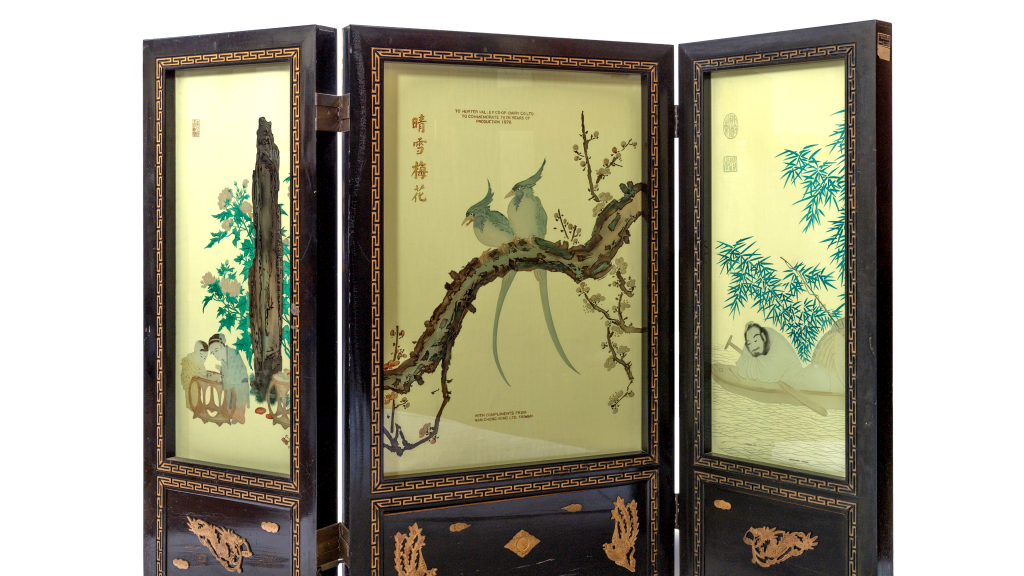
This elegant Taiwanese screen is both functional and beautiful. But loaded with symbolism, its greatest purpose is its meaning. The plum blossom branch depicted in the central panel, with its delicate buds and flowers that only appear in winter, represents strength and endurance; the two birds perched together seem to symbolise a friendship or partnership. […]
Read More…
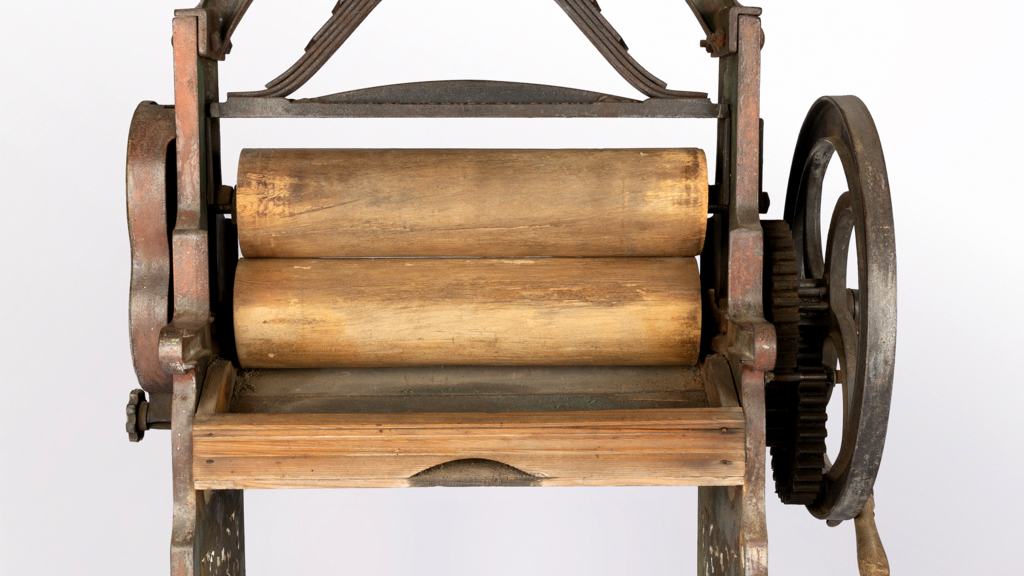
Like most pieces of iron machinery made in the nineteenth century, this ‘Ewbank Jewel’ laundry mangle was built to last. And last it did, now as solid and sturdy as the day it left the Entwhistle & Kenyon factory in Lancashire, England, sometime after 1875. Mangles were used to quickly flatten sheets, towels and tablecloths, […]
Read More…
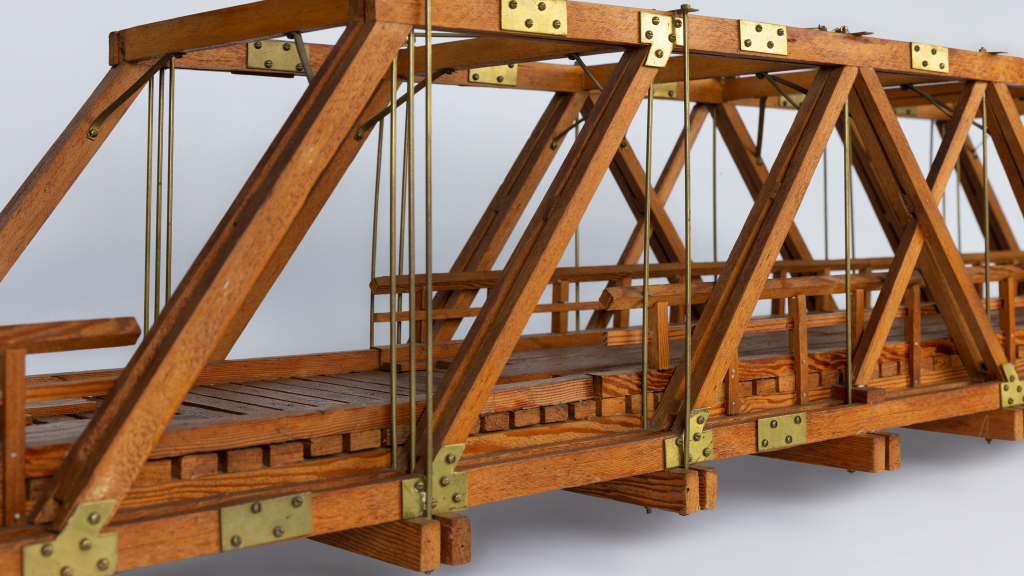
How many pieces of wood does it take to build a miniature bridge? How many hours, and how much patience? With its clever system of interconnected triangles and cast-iron joints, this 1:25 exact scale model of one of the three spans of the Morpeth bridge was expertly and painstakingly pieced together by Michael Deguara. A […]
Read More…
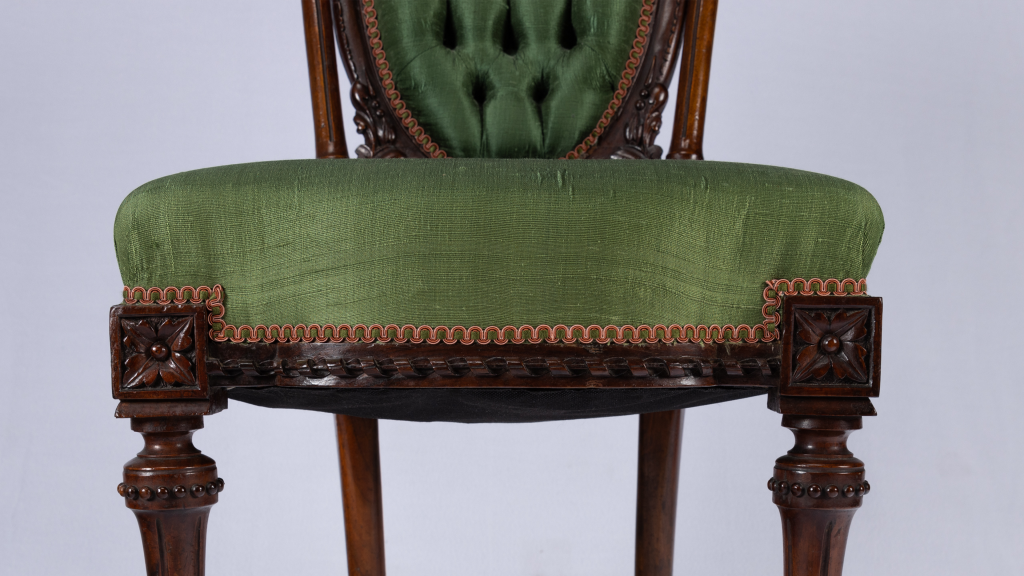
A grand house deserves fancy furniture. Perhaps that’s why James Martin Hillhouse Taylor (c1814-1875) purchased this elaborate dining chair and ‘grandmother’ chair in about 1849 – to furnish his new residence in Morpeth. As a shipping agent for the Hunter Valley Steam Navigation Company, with a profitable side business selling spirits and other goods, Taylor […]
Read More…
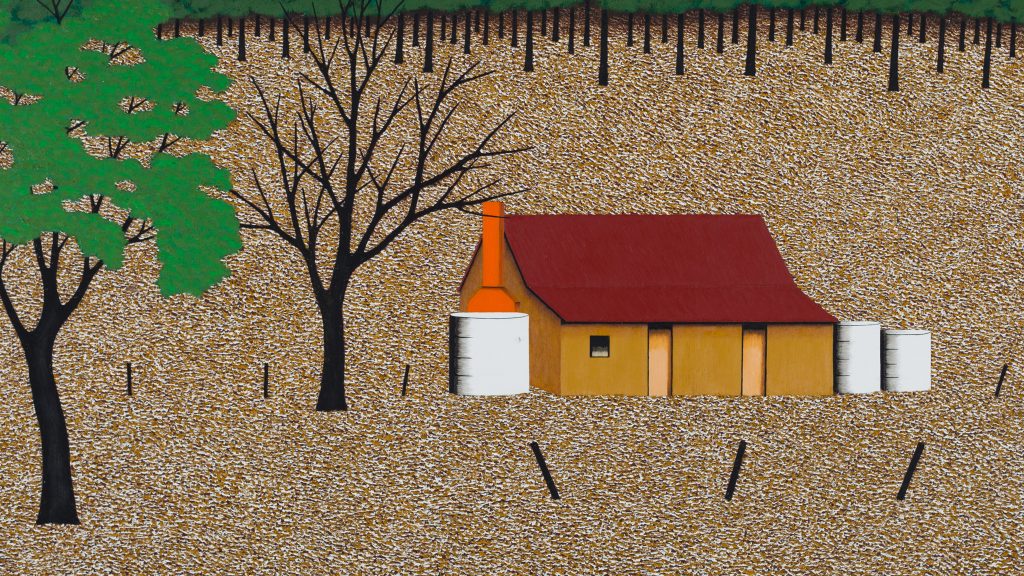
When Max Watters (1934-2020) was drawn to the simple beauty of this setting, the cows that once grazed the grassy paddocks at the Merton dairy, near Denman in the Upper Hunter Valley, were long-gone. Max was a lifelong resident of Muswellbrook, a twenty-minute drive from Denman. He lived his entire life in a modest timber […]
Read More…





